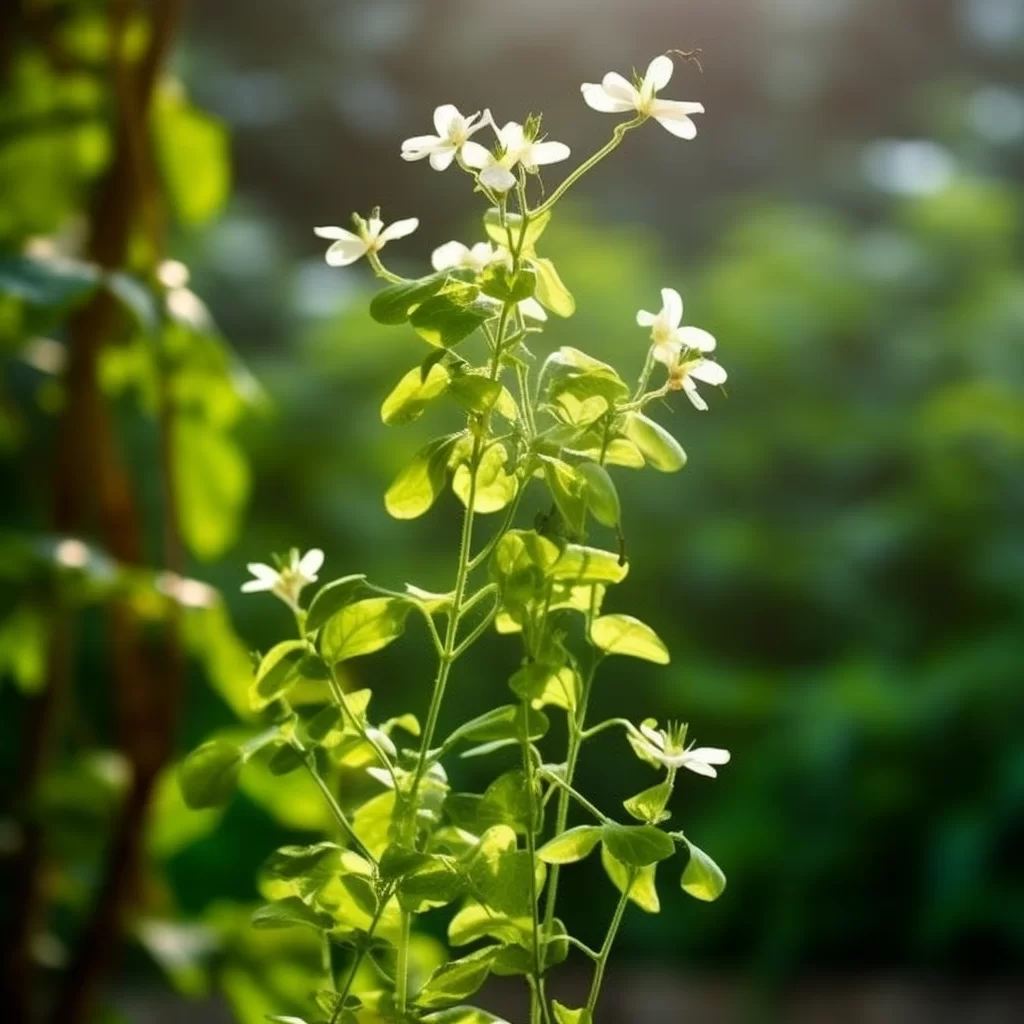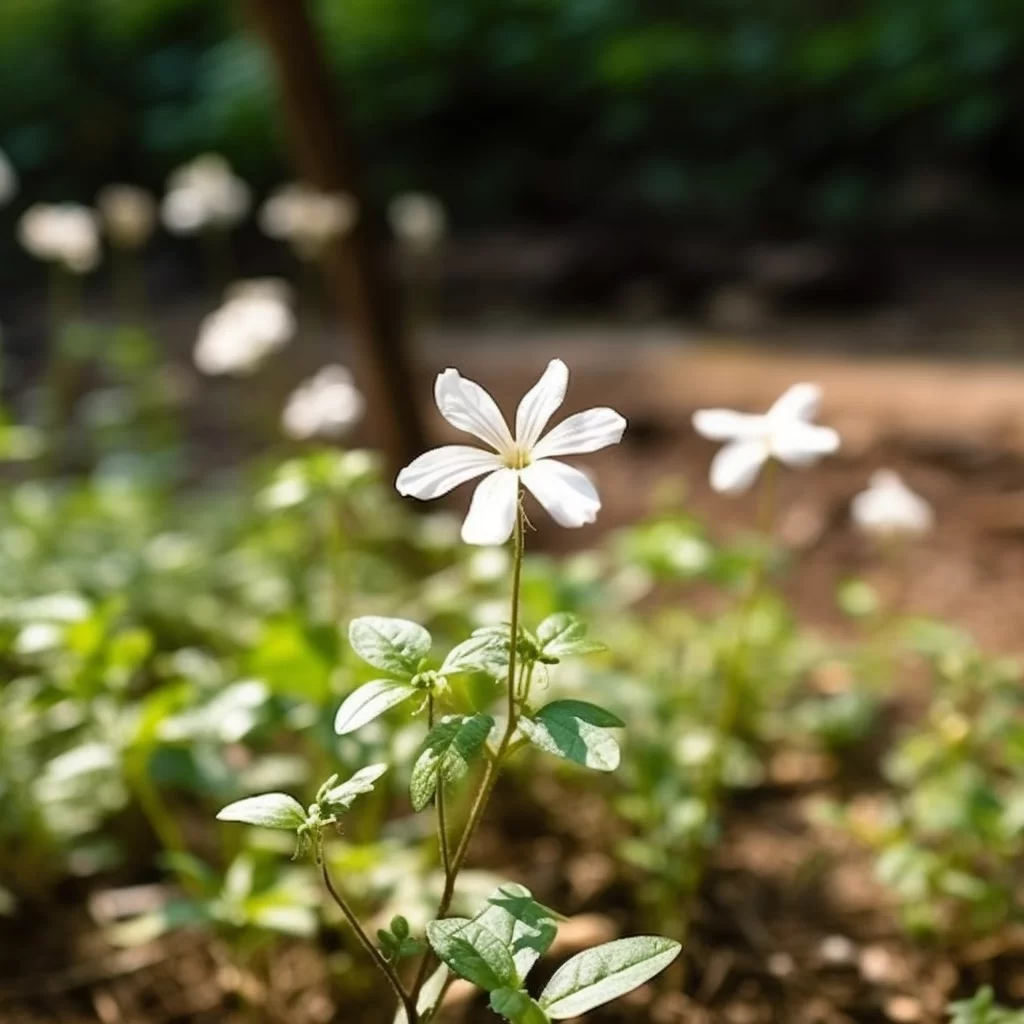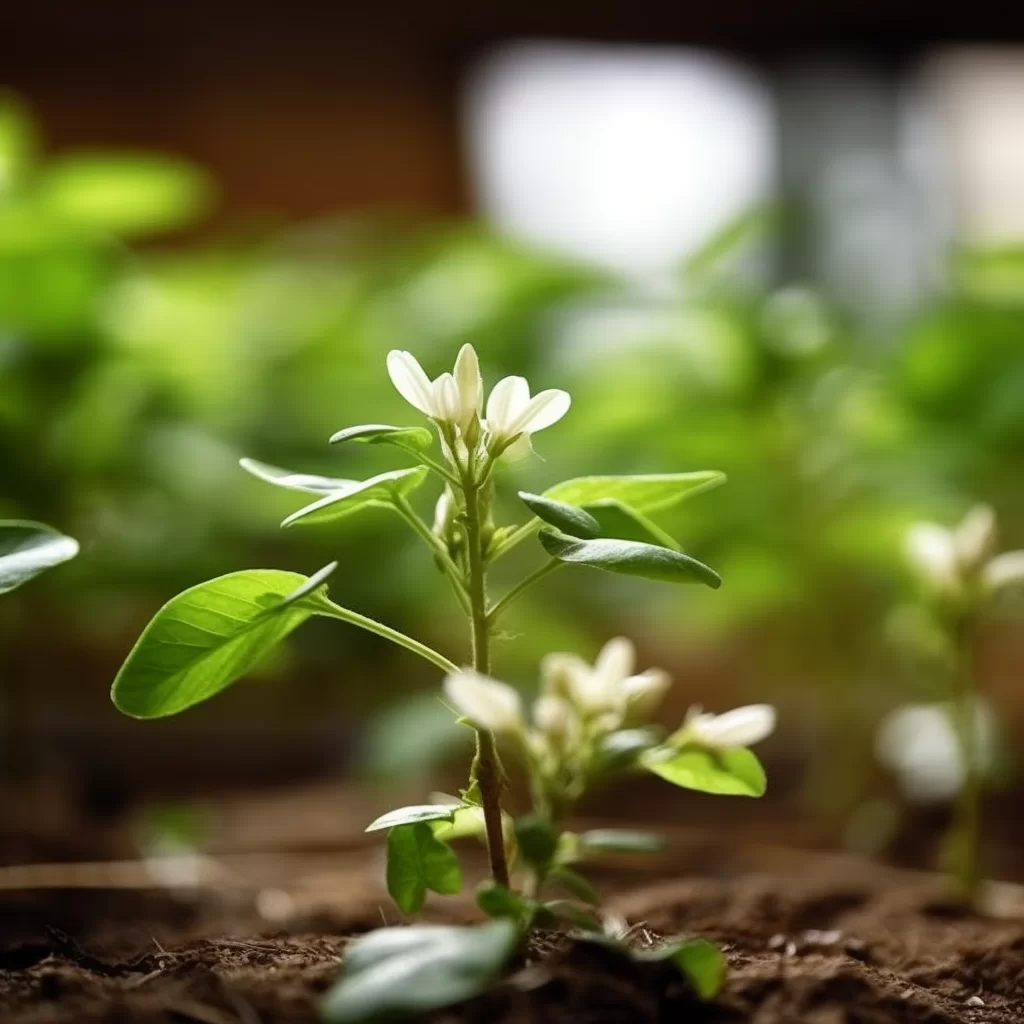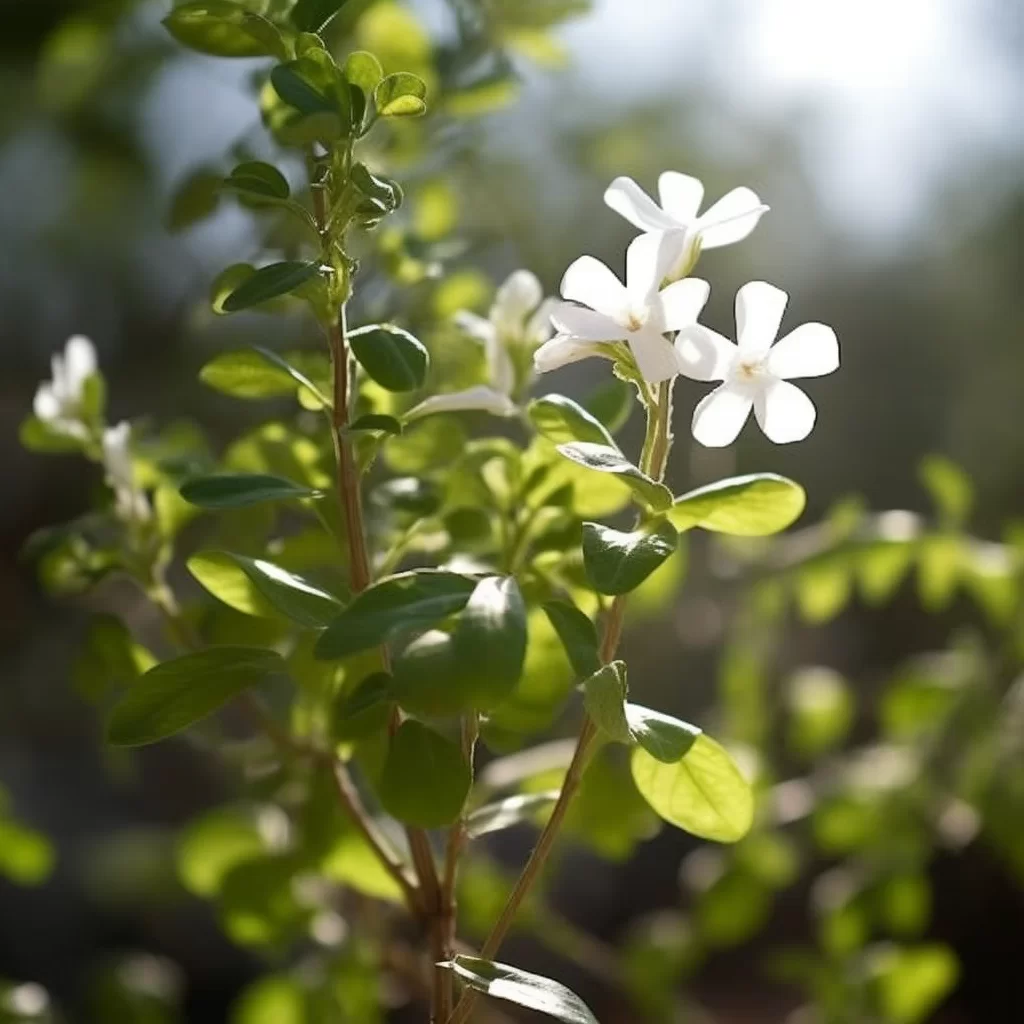Story of Day :
Contents
The Ultimate Guide to Jasmine Sambac Plant: Care Tips and Everything You Need to Know
If you’re searching for a plant that will fill your garden with intoxicating fragrance, look no further than the jasmine sambac.
This beautiful plant is easy to care for, versatile, and will add a touch of elegance to any outdoor space.
In this guide, we’ll dive into everything you need to know about cultivating and caring for jasmine sambac.
What is Jasmine Sambac?
Jasmine sambac, also known as Arabian jasmine or pikake, is a species of flowering plant in the Oleaceae family.
It’s native to Southeast Asia but has been widely cultivated in other tropical regions such as India and China.
The plant typically grows up to 3 feet tall with glossy green leaves and clusters of small white flowers that bloom throughout the year.
The flowers have an intense aroma that’s often described as sweet or musky.

Cultivating Jasmine Sambac
Jasmine sambac thrives in warm temperatures between 60°F-75°F (15°C-24°C) but can tolerate higher temperatures up to 90°F (32°C).
It prefers full sun exposure but can also grow well in partial shade.
- Soil: The soil should be well-draining with an acidic pH between 5-6.5.
- Watering: Water regularly but avoid overwatering as it can cause root rot.
Allow the soil surface to dry out before watering again.
- Fertilizer: Fertilize every two weeks during the growing season with a balanced fertilizer like 10-10-10 NPK.
- Pruning: Prune after flowering to maintain its shape and encourage growth.
Remove any dead, damaged or diseased branches to improve air circulation.
Jasmine Sambac Care Tips

Here are some additional care tips that will help keep your jasmine sambac healthy and thriving:
- Pest control: Jasmine sambac is susceptible to aphids, mealybugs, and spider mites.
Use insecticidal soap or neem oil to control these pests.
- Mulching: Apply a layer of organic mulch around the base of the plant to retain moisture in the soil and prevent weed growth.
- Cold protection: If you live in a colder climate, bring your jasmine sambac indoors during winter or cover it with frost cloth if temperatures drop below 40°F (4°C).
Varieties of Jasmine Sambac
Jasmine sambac has several cultivars that differ in flower size, shape, color, and fragrance.
Here are some popular varieties:

- Maid of Orleans: This cultivar has double flowers that bloom all year round with a sweet fragrance similar to gardenia.
- Belle of India: This variety has single white flowers with pink buds that bloom from spring until fall with a musky fragrance.
- Grand Duke of Tuscany: This cultivar has double flowers that resemble miniature roses with an intense floral scent.
The Significance of Jasmine Sambac in Culture and Tradition
Jasmine sambac has been highly valued in many cultures and traditions for its beauty, fragrance, and medicinal properties.
In India, it’s known as the “queen of flowers” and is often used in religious ceremonies, weddings, and other auspicious occasions.
In Hawaii, it’s called the “lei flower” and is used to make leis or garlands worn as a symbol of love or respect.
Some traditional remedies that use jasmine sambac include:

- Aromatherapy: Jasmine oil extracted from the flowers is used in aromatherapy to reduce anxiety, depression, and stress.
- Skin care: Jasmine oil is also used in skincare products due to its antiseptic properties that help reduce acne breakouts.
- Sleep aid: Drinking jasmine tea before bedtime can improve sleep quality due to its relaxing effects.
In Conclusion
Jasmine sambac is an exquisite plant that offers much more than just beautiful blooms.
Its sweet fragrance alone makes it worth adding to your garden landscape but with proper care can flourish into a stunning focal point for any outdoor space or balcony.
We hope this guide provides you with all you need to know about caring for this delightful plant so you too can enjoy all the benefits it has to offer!